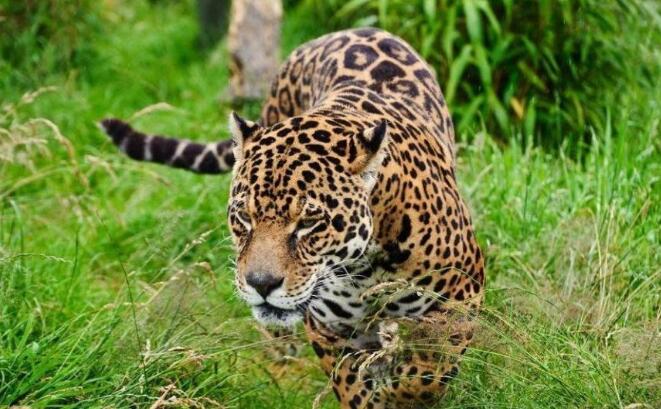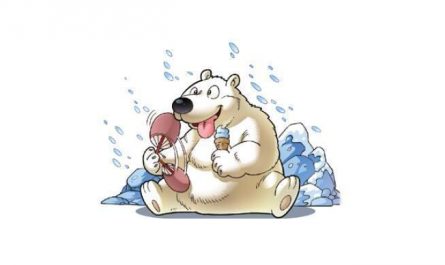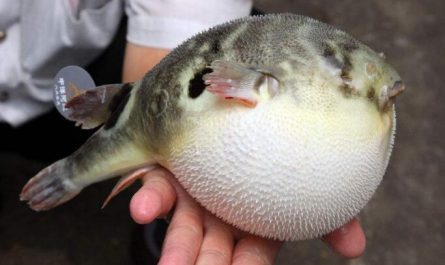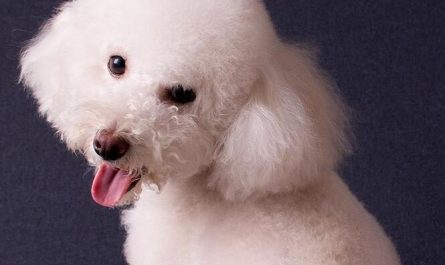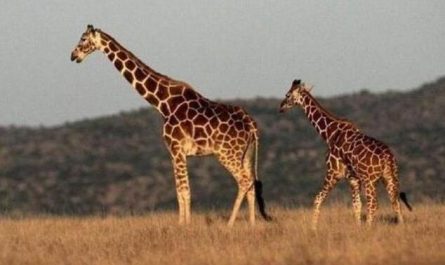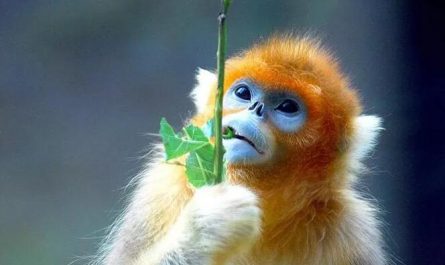The reason why leopards have patterns
The pattern can hide and confuse. For example, the zebra’s stripes produce special visual effects when it runs, creating visual obstacles for the hunter to escape. As for the leopard in the sun, if it stands still, it is difficult to find its existence even if it is close at hand: because of its camouflage fur with spots and rosette patterns. For herbivores, patterns are good for evading predators, while for carnivores, patterns are more effective to help them prey.
These patterns are definitely not grown randomly, or just for camouflage. Various patterns are related to the distribution of pigments, which is the result of a long evolution.
Some scholars believe that the spot patterns on mammals are caused by the different distribution of pigments. In the embryonic stage of animals, there are catalysts and inhibitors (stimulating or inhibiting pigments of different colors). The amount and diffusion rate of pigments produced by chemical reactions at different concentrations have been shown. Studies have shown that the diffusion is wavy, and where the inhibition is weak, it may be Wave crests appear, spots or streaks are formed. In this way, as the reaction spreads, animal fur and tails will show different patterns.
It is related to the shape and size of the fur area and its diffusion wavelength. I don’t know if you have noticed that there are only animals with striped tails and spotted bodies in the world, but there are no animals with spotted tails and striped bodies. Why is this? It turns out that for the same animal, the same diffusion theory applies. Taking a leopard as an example, it has a striped tail and a spotted body. Because the leopard has a larger cylindrical body area, waves are generated when they propagate. Obvious crests and troughs, but on its thin tail, as the area becomes smaller, the crests and troughs are closer, and it is possible that the two become one, and the spots become streaks.
Leopard’s appearance characteristics
The body length is 1-1.7 meters, the tail length is 0.7-1.0 meters, the healthy weight is about 60-100 kg, and the maximum weight can reach 130 kg. The body is slender, the limbs are stubby and powerful, and the claws are strong and sharp.
The head is larger, the neck is slightly shorter, the limbs are strong, the forelimbs are slightly wider than the hind limbs, the forefoot is 5 toes, the hind feet are 4 toes, and the toes
All have off-white sharp claws. There are thick short hairs between the toes and between the toe pads.
Hair color: The head has short hair and the nose is naked and flesh-colored. The nose hair is very short, yellow, without black spots. On the side of the mouth
Each side has 5 rows of oblique white beards. There are small black spots on the forehead, between the eyes, under the eyes and on the cheeks. The back of the ear is black, the tip of the ear is yellow, and the base of the ear is also yellow, with sparse black spots. The back of the neck is slightly darker yellow, with black spots and black rings, and there are often hairs in the center of the back of the neck. The neck is light yellow with several irregular dark spots and the hair is slightly longer. The forelimbs are brown and yellow on the outside and milky white on the inside. There are black circles on the shoulders and black spots on the inside and outside of the legs. The upper spots are larger and sparse, and the lower spots are smaller and dense. The back is the darkest yellow, the black ring in the center of the back is not clear, the long black spots are arranged like longitudinal lines, the black rings on both sides of the back are mostly oval, and the black circles on the chest and ventral sides are round and plum-shaped. The chest and abdomen have long hairs, creamy white or light yellow, with a small amount of large black spots. The hind limbs are yellow on the outside, light yellow on the inside, black circles and black spots on the thighs, and dark brown on the inside of the shin. The hair color on the back of the tail is dark yellow, and the dark spots near the base are striped, and the dark spots in the middle are larger, and some dark spots form a circle, the end is black, and there are 2 to 4 narrow white rings on the top. The tail is milky white with black spots. The tip of the tail is white. There are more than ten white eyebrows on the eyes.
The iris of the eye is yellow. The pupil shrinks into a circle under strong light. The eyes may sparkle with phosphorescence at night.
There are many small keratinized spines on the tongue surface, which are inverted. There are 3 pairs of nipples under the abdomen.
There are a pair of gland holes in the anal fold.
Skull: The skull is slightly longer. The snout is short. The nasal bone is longer, and the frontal process of the nasal bone is approximately the same length as the frontal process of the maxilla. The frontal surface is relatively flat, the posterior orbital process is blunt than the zygomatic orbital process, and the eye sockets are rounded. Adult beasts have developed herringbone and sagittal crests. There is a more obvious occipital process in the center of the upper occiput. The pillow is an equilateral triangle. The ear bubble is long and high, and the protrusions of the wing bones protrude backward like a hook. The lower edge of the mandible is slightly curved.
Teeth: The incisors are arranged in rows, the central pair of incisors is smaller, the second incisors are slightly larger, and the outermost incisors are large and pointed. The canine teeth are well developed, sharp, and conical. The maxillary first premolar is missing, the second premolar is the smallest, and some are missing. The third premolar is in the shape of a “mountain” with a tall central tooth tip and a small tooth tip on the front and back. The fourth premolar tooth (upper fissure tooth) is the largest, with 5 tooth tips, 4 of which are in a line. The second tooth tip is tall and there is a lower tooth tip near the inside. The molars are small, only one, and they are arranged in rows. There are only 2 mandibular premolars, all of which are in the shape of “mountains”, with 3 tips, the middle tip is the largest. The molars are large in shape and have a “concave” shape, with almost equal-sized tips on the front and back.
Leopard’s living habits
Leopards are withdrawn and active alone. Lurking in trees or caves during the day, it starts to swim around at dusk, and rest until dawn. In places where food is abundant, the scope of activities is more fixed. In the absence of food, they often move tens of kilometers. Leopards usually have no fixed nests and often climb to higher trees when they are resting, choosing to lie down on fork branches and horizontal branches. Sometimes they sleep in the grass or in the cliff cave. Although the leopard can swim, it doesn’t like water and never swims in it.
field
The leopard has its own definite field of activity, and the size of the field varies depending on the environment. The range of activities in the northern region (China) is larger than that in the south. The range of male leopards is larger than that of female leopards, and the range of areas in an environment with sufficient food is relatively small. The scope is mainly marked by its feces or urine drowning. Leopards of the same sex are not allowed to live together in their own domain. Where the density is high, the edges of the field can overlap. Within your domain, you can allow other beasts to coexist.
prey
The leopard has strong limbs, flexible movements, strong jumping ability, and is better at climbing. It often lays on the tree fork with dense leaves, and when a prey passes by, it jumps down, hugs its back, bites its throat, and eats after death. When hunting
Hunting method: When the prey is found, it is hidden in the grass, with the help of the cover of trees, it gradually approaches gently, and when it dives to a certain distance, it suddenly jumps up, and after several jumps, it can catch the prey. Leopards are very cruel and bold, and they dare to attack larger and fierce animals such as stags and male wild boars. Its food includes ungulates such as muntjac and sheep. It also eats some cats, weasels, monkeys, rabbits, and rodents. Also occasionally prey on birds and fish. When food is scarce, they also eat frogs, mole crickets, and locusts. Sometimes, they eat sweeter plant fruits. Some leopards often guard outside the village, waiting to sneak into the village at night to steal livestock and poultry such as pigs and sheep. When a medium or large animal is caught, the remaining meat will be concealed in a concealed place with leaves or weeds, etc., to be eaten next time. Sometimes the prey is carried to a tall tree to eat, and the remaining fleshy bones are hung on the branches. It dared not attack wild ox, elephant, tiger and other wild animals, and rarely attacked large ungulates such as cattle, horses, mules, and deer.
Although the leopard has a cruel temperament, it seldom attacks people actively. It only counterattacks when forced to despair; occasionally there are leopards with perverted personality that will actively attack people, but generally they hurt children and women. Leopards are occasionally attacked by jackals, and apart from jackals, there are almost no other natural enemies.
Speak
Leopards also roar at night. Although their roars are not as loud and magnificent as lions and tigers, they can also transmit sounds for miles away when they roar in the deep valley of the quiet night. The leopard also screams during courtship, and the screams are not as loud as usual
